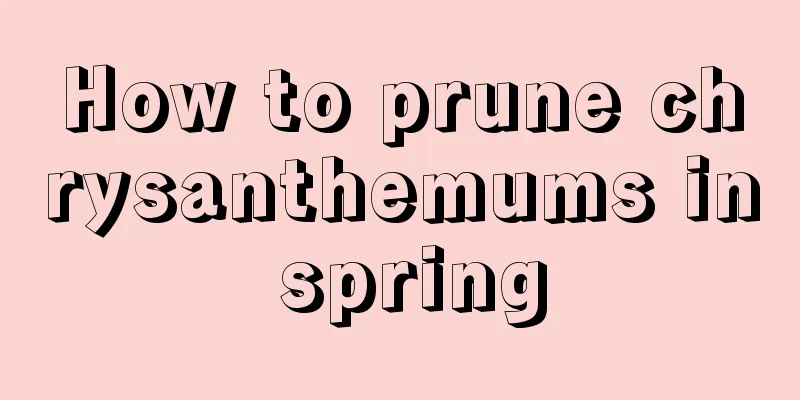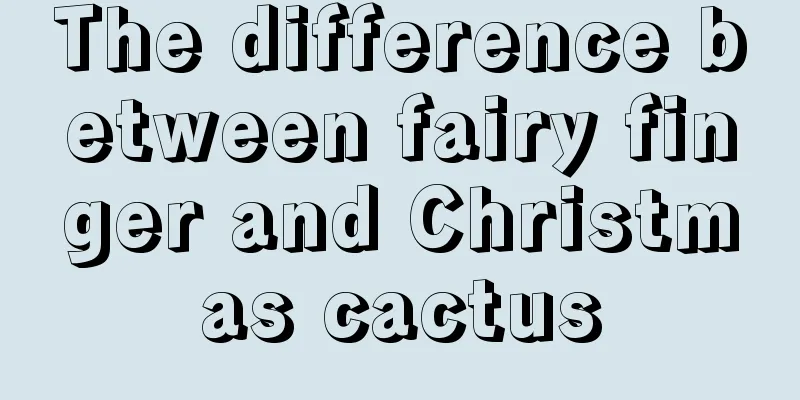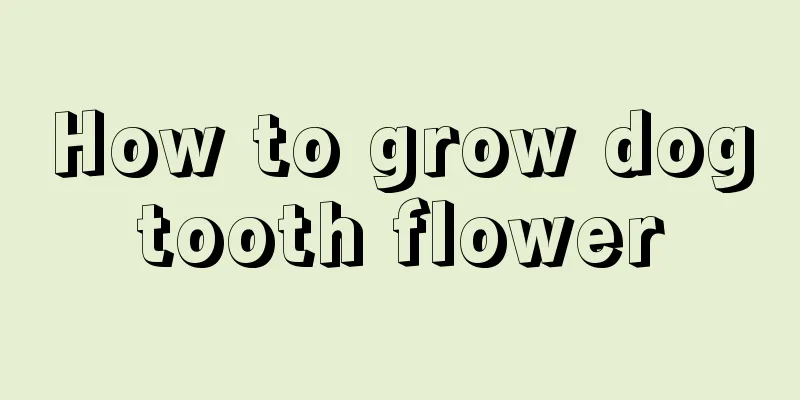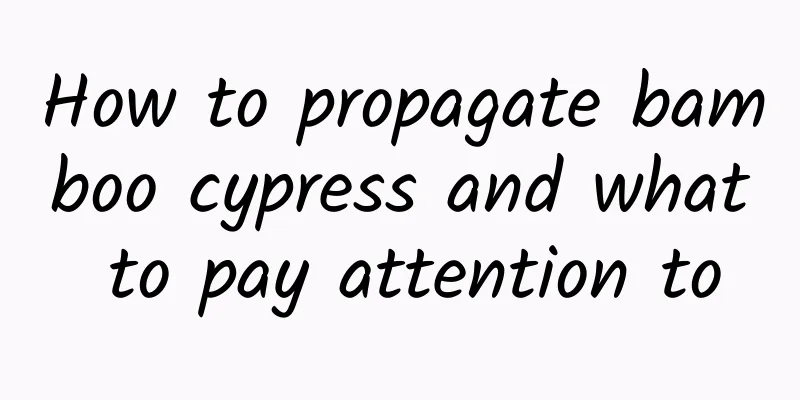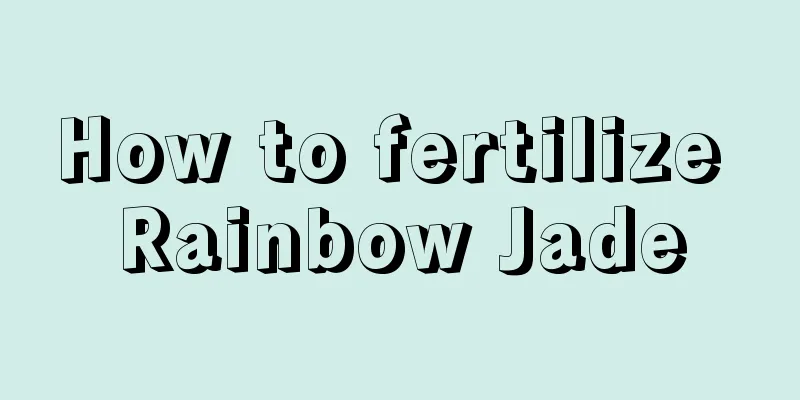What herbicide is best for controlling trifoliate grass?

|
In agricultural production and garden management, Tripterygium wilfordii often becomes a troublesome weed. It has strong vitality and reproduces rapidly, seriously affecting the growth of crops and the beauty of garden landscapes. So, what herbicide is most effective in controlling trifoliate grass? Let’s take a look below. 1. Introduction of Tripterygium wilfordii Pinellia ternata, scientifically known as Pinellia ternata, is a perennial herb. It has well-developed rhizomes and strong reproductive ability. Three-edged grass grows mostly in humid places such as fields, wastelands , and riverbanks, competing with crops for nutrients, water, and sunlight, causing great losses to agricultural production. 2. Commonly used herbicides types and characteristics 1. Bentazone Bentazon is a selective post-emergence herbicide that has a good control effect on trifoliate grass. Its mechanism of action is to inhibit the photosynthesis of weeds, causing them to gradually die. The advantage is that it is safer for crops and less likely to cause pesticide damage. However, you need to pay attention to the dosage and period of use to avoid affecting the prevention and treatment effect. 2. Dimethyltetrachloroethane Dimethoate is a hormone herbicide that is particularly effective against trifoliate grass. It can destroy the growing points of weeds, causing them to stop growing and gradually die. The advantage of dimethyl tetrachloride is its significant weed control effect, but its disadvantage is that it is less safe for crops and can easily cause phytotoxicity if used improperly. Therefore, the dosage and use period need to be strictly controlled, and use during the sensitive period of crops should be avoided. 3. Benthiocarb Benthiocarb is a contact herbicide that has a good control effect on trifoliate grass. Its mechanism of action is to contact the leaves of weeds, destroy the cell membrane of the weeds, and cause the weeds to lose water and die. The advantage of methicillin is that it is relatively safe for crops and is less likely to cause phytotoxicity. But its weed control effect is relatively slow and it takes some time to see obvious results. 4. Glufosinate ammonium has a significant weed control effect and can achieve the purpose of weed control and root rot. High activity: The herbicidal activity of refined glufosinate is more than 4 times higher than that of glyphosate and about 2 times higher than that of ordinary glufosinate, and can kill weeds quickly and effectively. Broad spectrum of weed control: It can effectively control more than 100 annual and perennial grass weeds and broad-leaved weeds, and is particularly effective against malignant weeds such as horsetail, fleabane, goosegrass , water peanut, Japanese grass, and sedge. Long lasting effect: The lasting effect can reach 30 to 60 days or more, which reduces the frequency of weeding and saves manpower and material resources. 3. Choose the right herbicide 1. Choose according to crop type Different crops have different tolerances to herbicides, so the type of crop needs to be considered when choosing an herbicide. For example, for weeds in rice fields, you can choose herbicides such as bentazon and methicillin; for weeds in wheat fields, you can choose herbicides such as dimethoate. 2. Choose according to the weed growth stage The sensitivity of trifoliate grass to herbicides varies at different growth stages. Generally speaking, the effect of herbicides is better in the early growth stage of Tripterygium wilfordii; while in the later growth stage of Tripterygium wilfordii, the effect of herbicides will be relatively poor due to its well-developed rhizomes. Therefore, when choosing herbicides, it is necessary to choose according to the growth stage of the trifoliate grass. 3. Consider environmental factors The effectiveness of herbicide use is also affected by environmental factors such as soil texture, temperature, and humidity. When choosing herbicides, you need to consider these factors and choose herbicides that are suitable for local environmental conditions. 4. Precautions for using herbicides 1. Use strictly according to the instructions There are strict regulations on the dosage, use period and method of using herbicides, and they must be used strictly according to the instructions to avoid pesticide damage or affect the control effect. 2. Pay attention to safety protection Herbicides are toxic to the human body to a certain extent, so you need to pay attention to safety protection when using them, such as wearing masks, gloves, goggles, etc., to avoid direct contact with herbicides. 3. Avoid environmental pollution The use of herbicides will cause certain pollution to the environment, so care must be taken to avoid polluting the environment when using them, such as avoiding spraying herbicides into water sources, rivers , etc. In conclusion, choosing the right herbicide is the key to controlling trifoliate grass. When choosing herbicides, it is necessary to make comprehensive considerations based on crop type, weed growth stage and environmental factors, and use them strictly according to the instructions, pay attention to safety protection and avoid polluting the environment. Only in this way can we effectively prevent and control trifoliate grass and ensure the beauty of agricultural production and garden landscape.
|
<<: Sugarcane Planting Methods and Management Techniques
>>: Pepper planting technology and management methods
Recommend
Camellia cultivation methods and precautions
Camellia is deeply favored by flower lovers for i...
How to grow Lithops quickly
1. Soil Lithops is not tolerant to waterlogging, ...
Which city's city flower is osmanthus? What is its flowering season?
1. Which city's city flower is this? Osmanthu...
Pick a handful of mint, put it in a pan and fry eggs, the fragrance will fill your nose!
Mint scrambled eggs - fresh fragrance In summer, ...
What trees are suitable for planting in Guangxi? Common tree species in Guangxi
Guangxi is one of the regions with the most rainf...
Rose Flower Language
1. Flower Language Roses represent love and are u...
The difference between Aloe Vera and Aloe Vera
1. Leaf Difference The leaves of the Aloe Vera ar...
The cultivation method and precautions of kohlrabi
1. Maintenance methods 1. Temperature: It likes w...
Is it toxic to grow vegetables in foam boxes? Can it cause cancer? Is it true?
Is it toxic to grow vegetables in foam boxes? Are...
Causes and solutions for curling bougainvillea leaves
Bougainvillea , with its colorful flowers and uni...
When does the sweet olive bloom?
When does the sweet olive bloom? The flowering pe...
How to grow vegetables on a balcony
Balcony environment Not all balconies are suitabl...
Does Christmas cactus absorb formaldehyde?
1. Can absorb Formaldehyde is mainly emitted from...
Why do diamonds and jadeite always shed leaves?
1. Adapt to the environment Reason: When Diamond ...
Are tulips poisonous? Tulip pictures
1. Is it toxic? Tulips are very ornamental plants...
